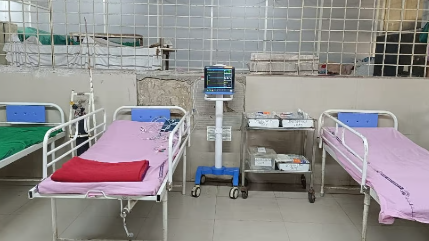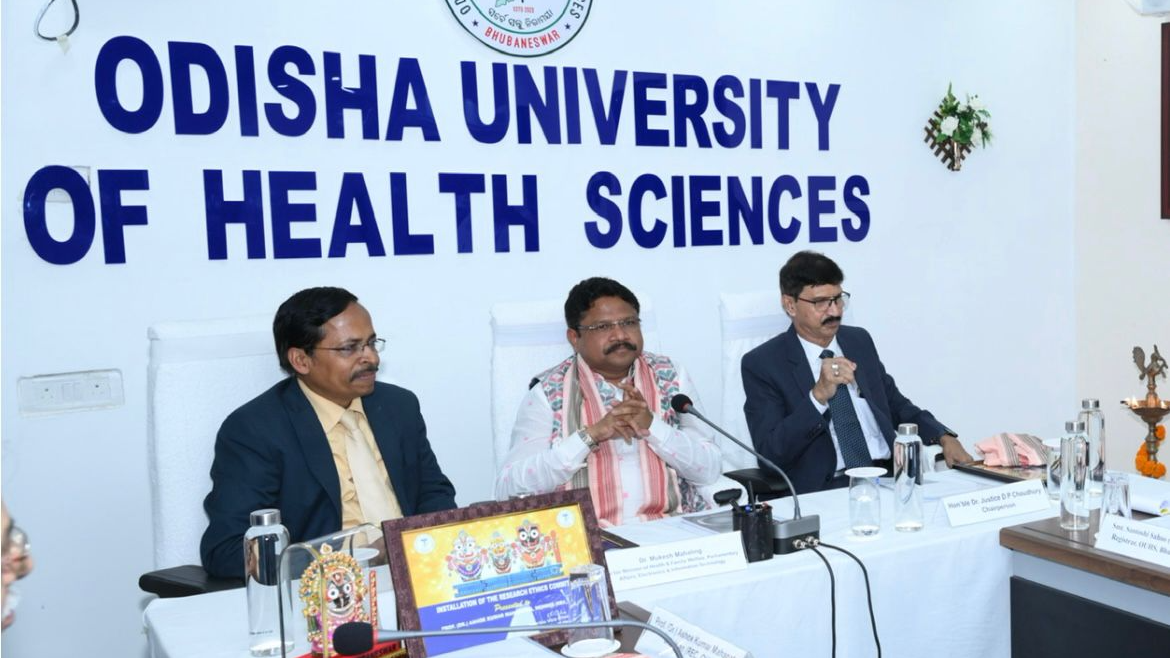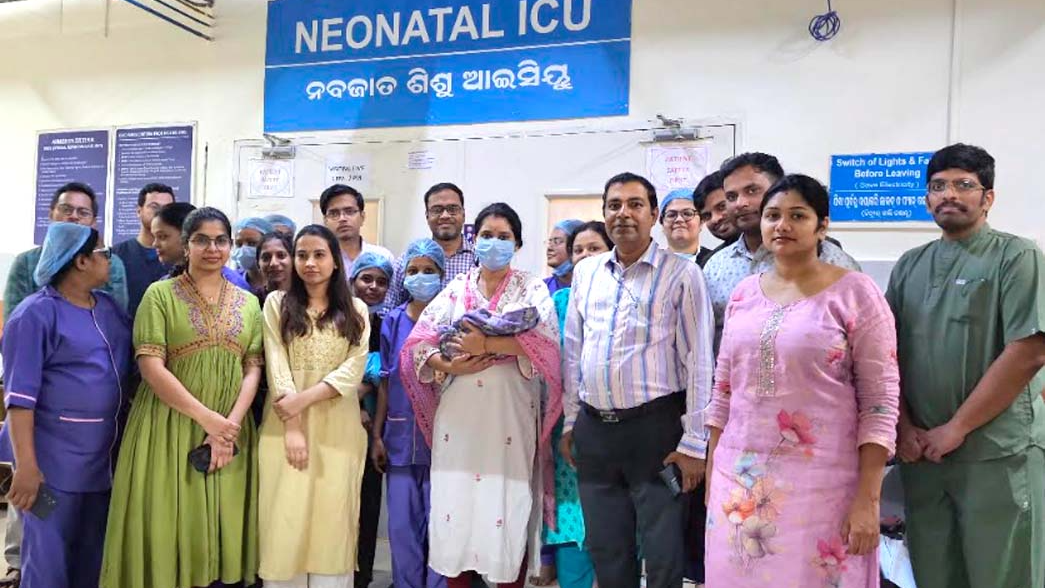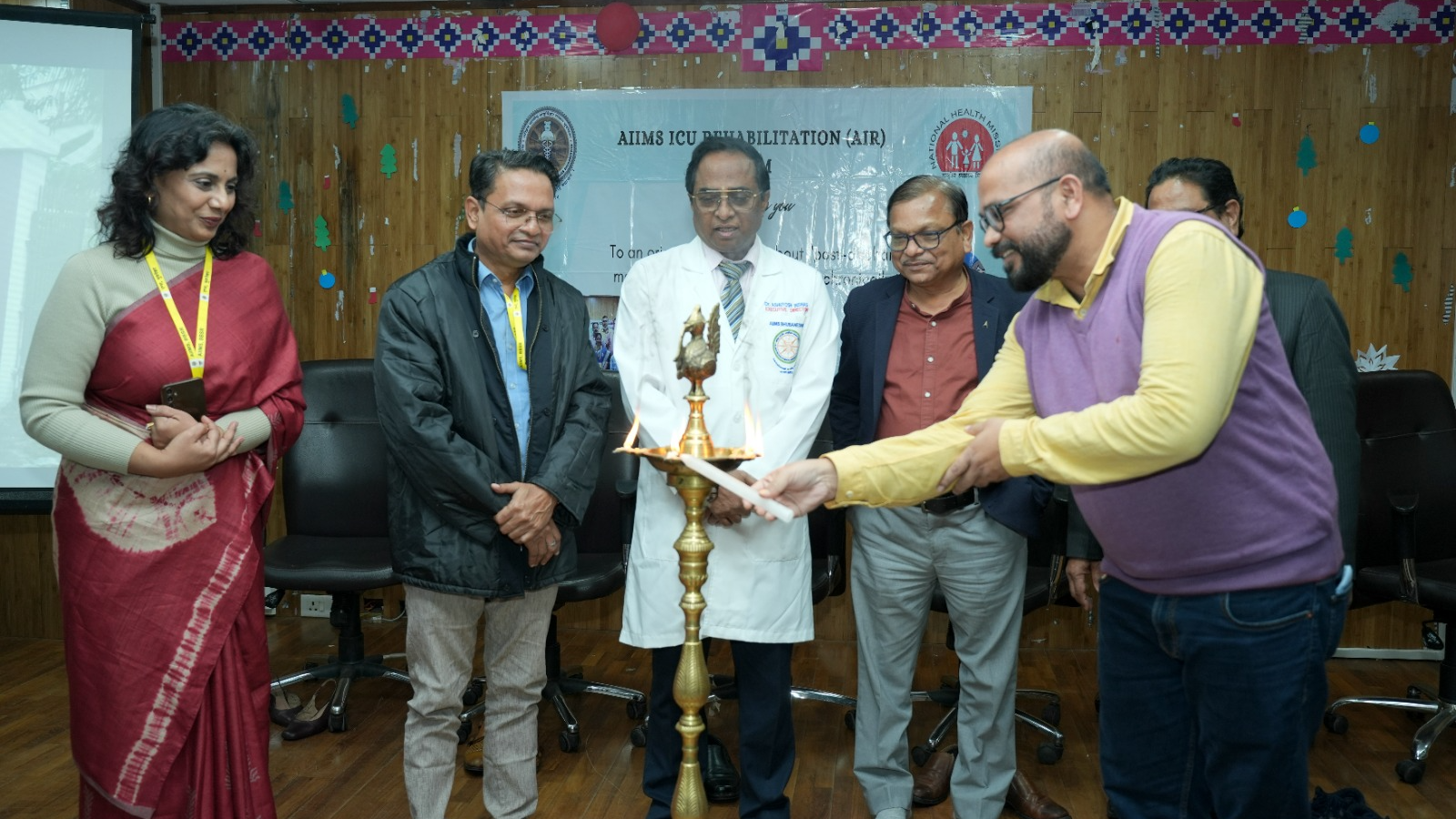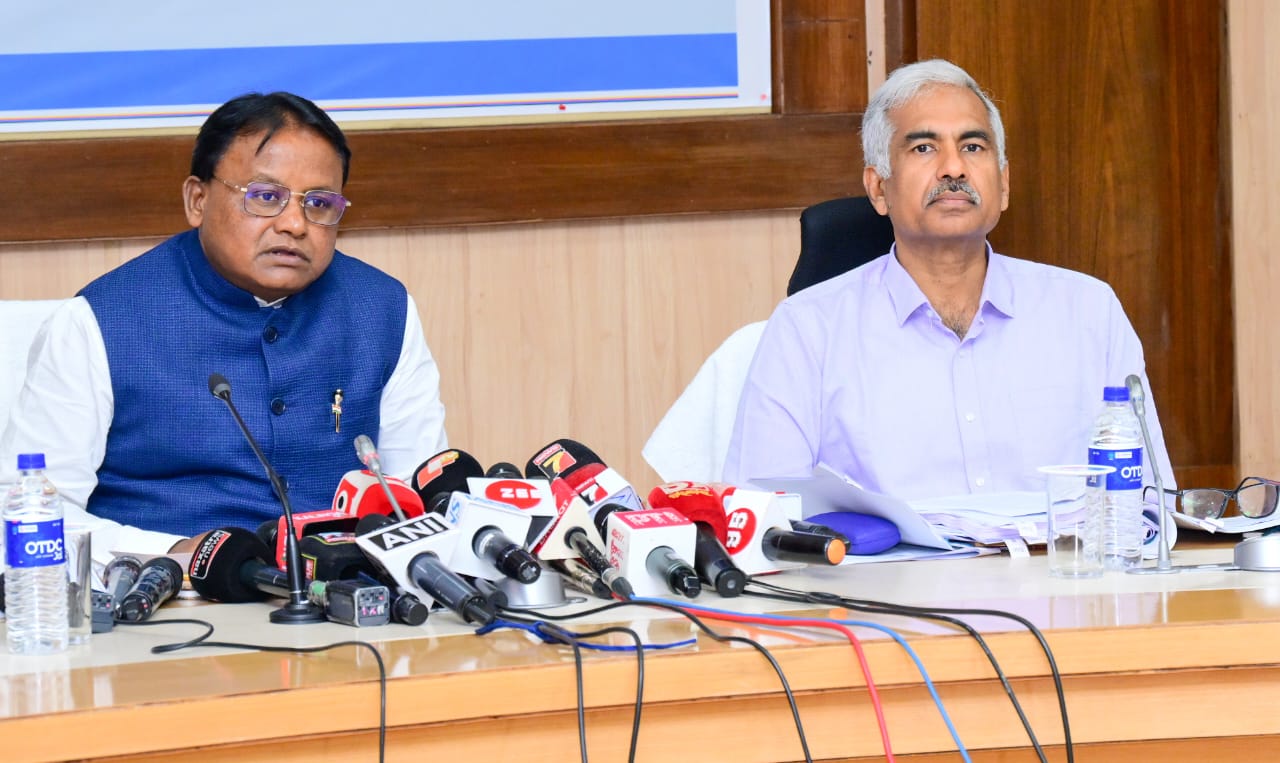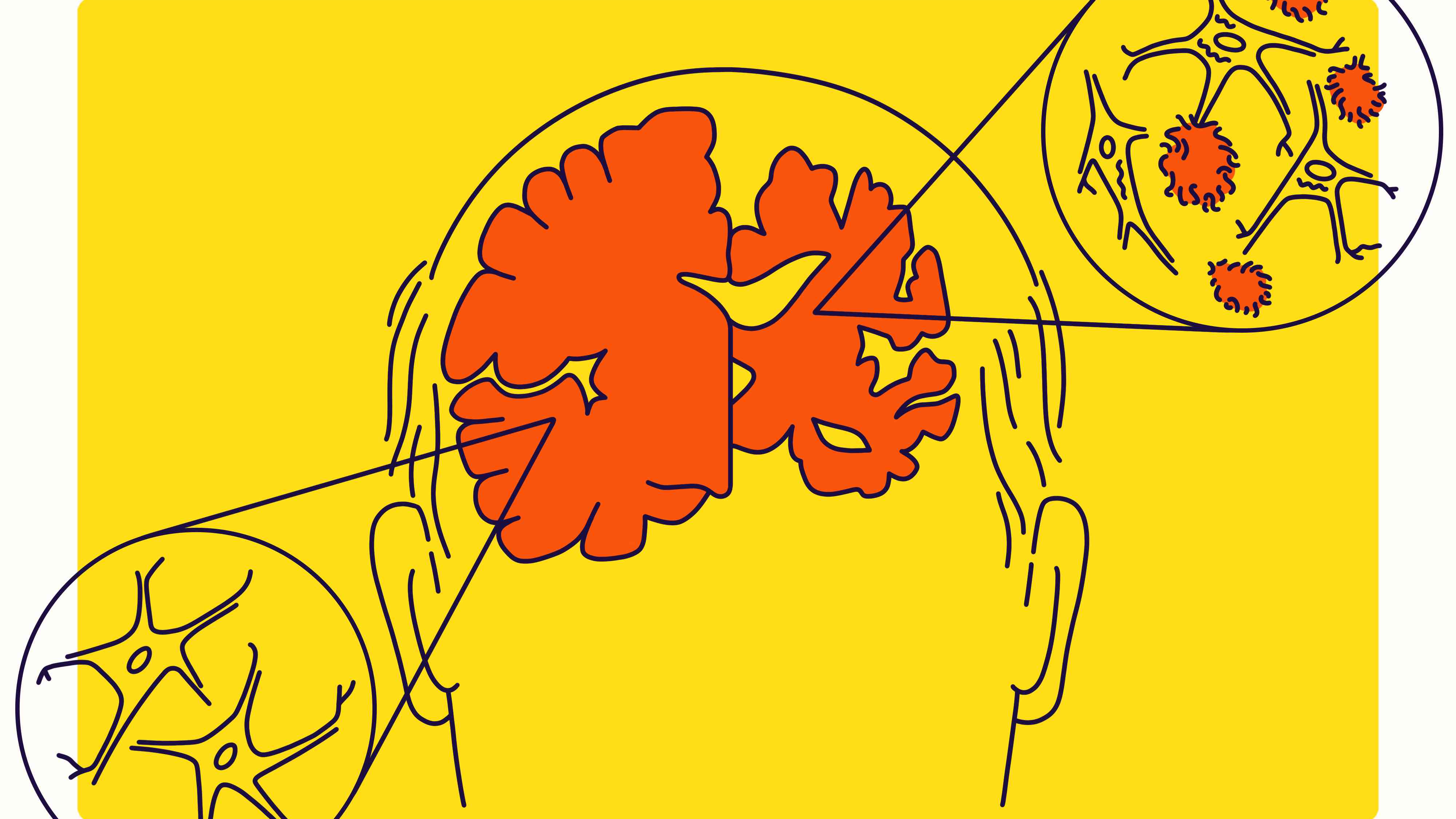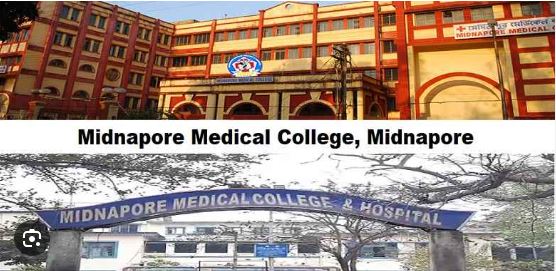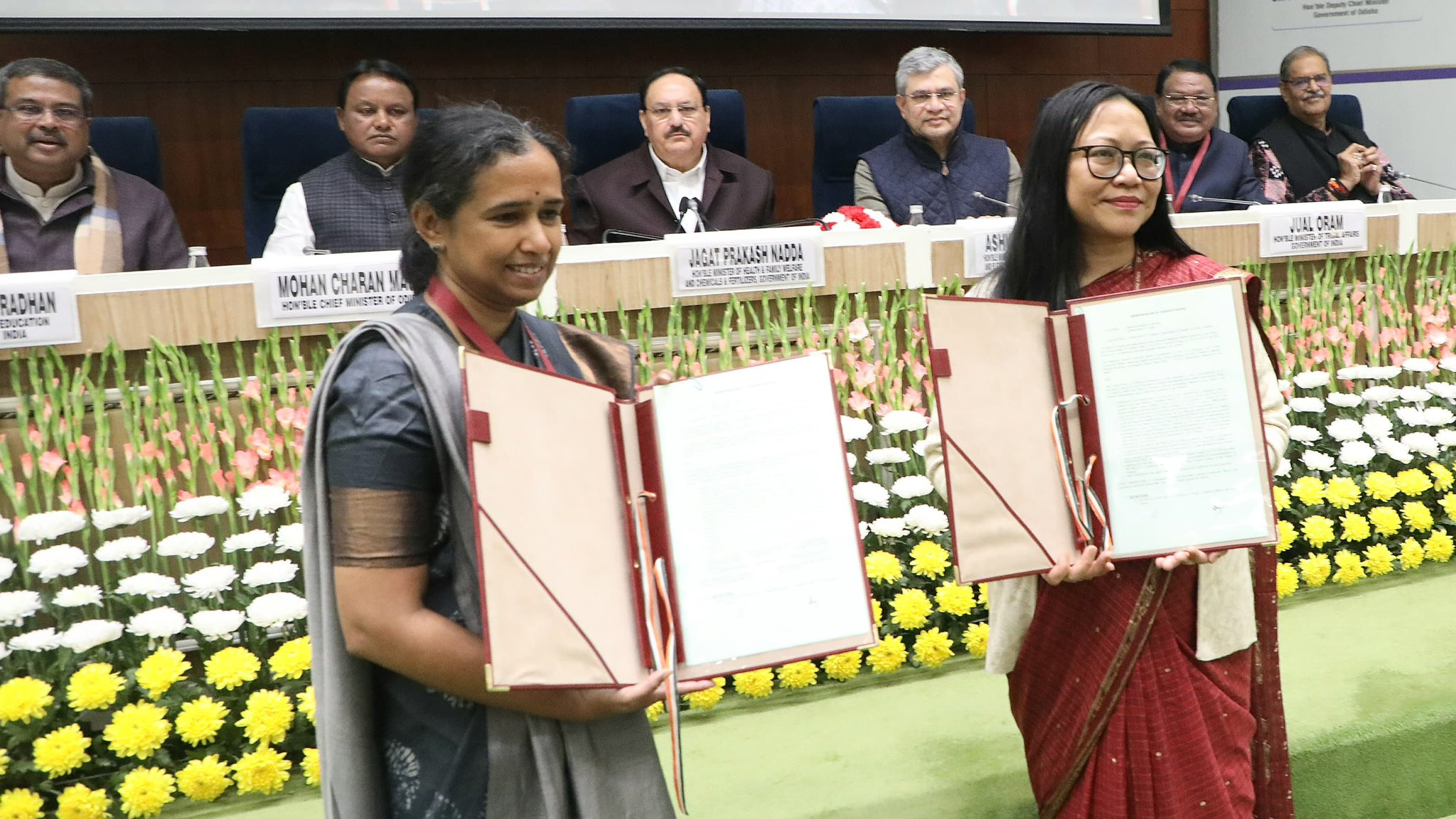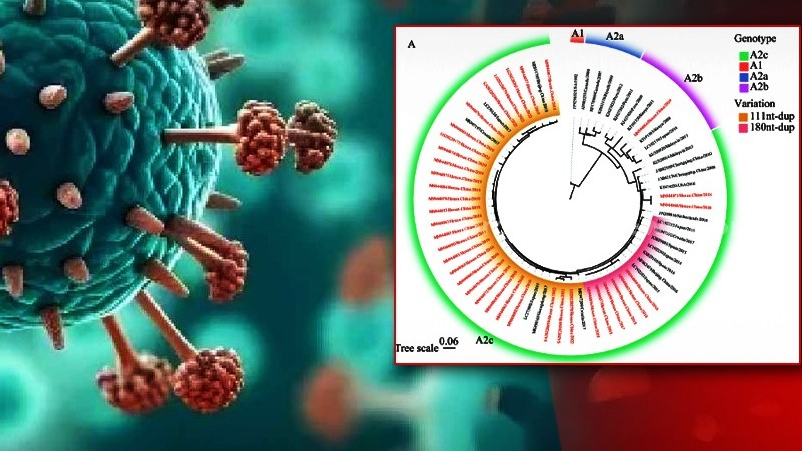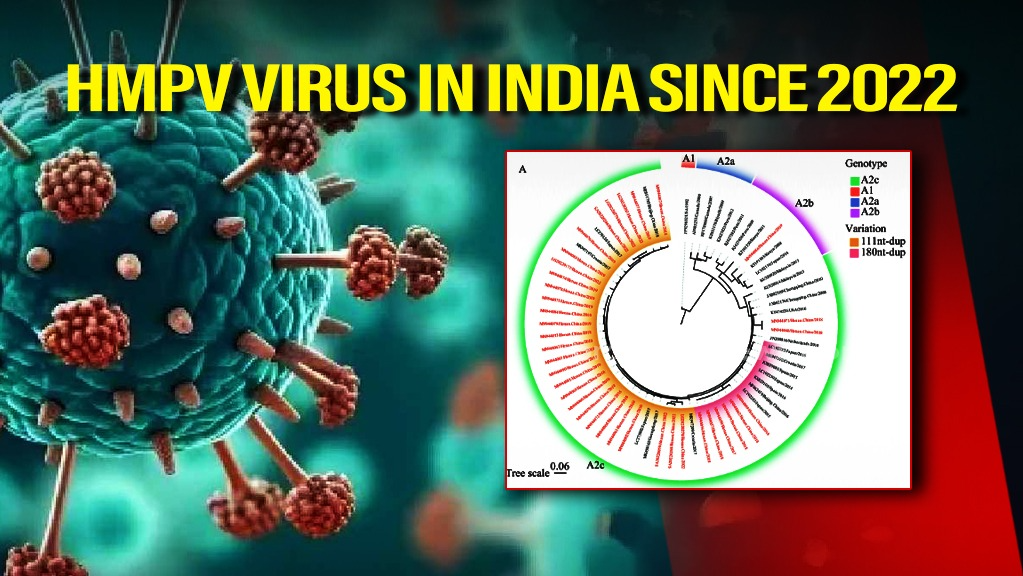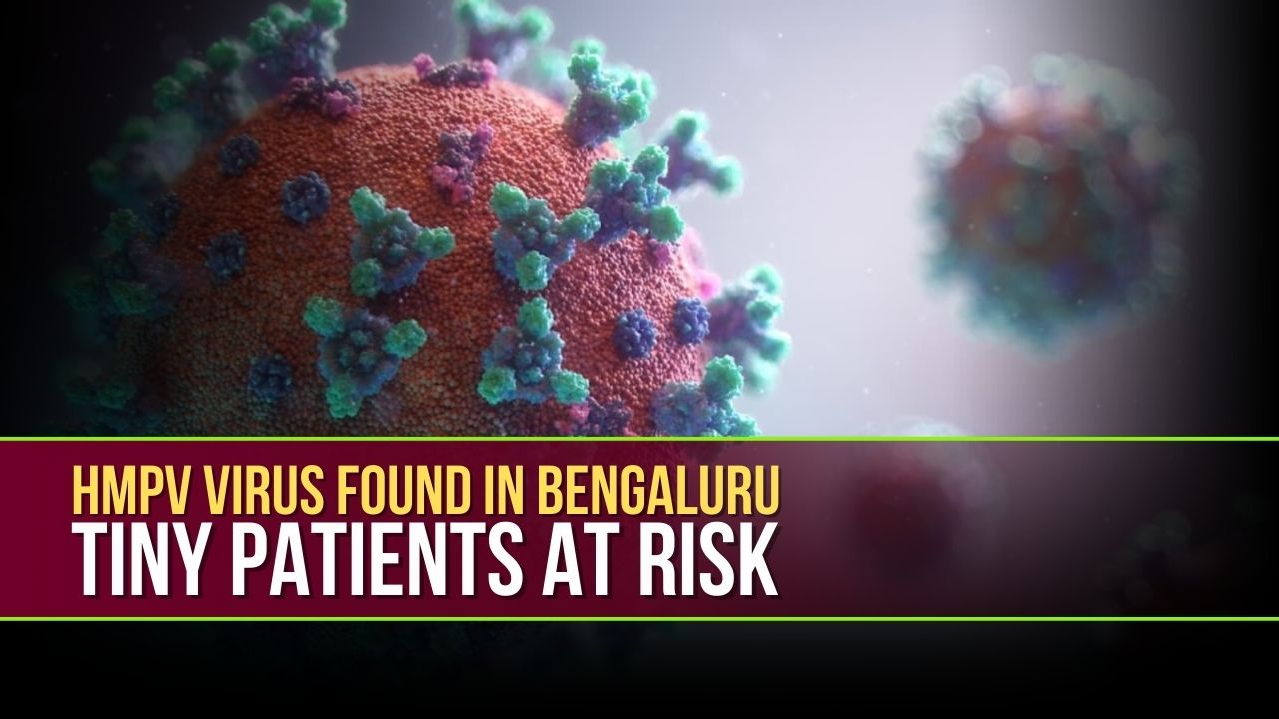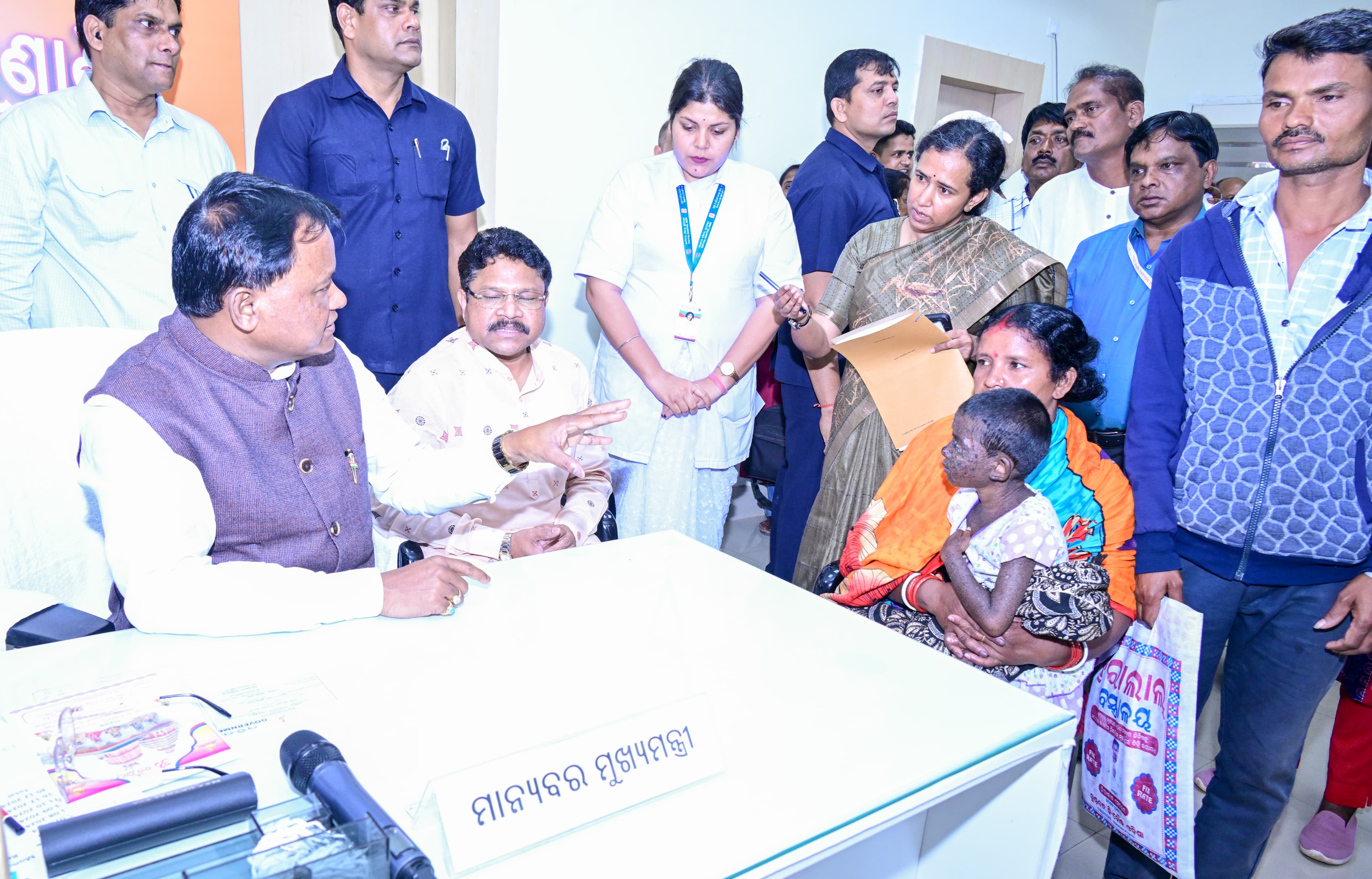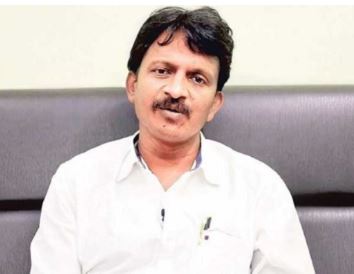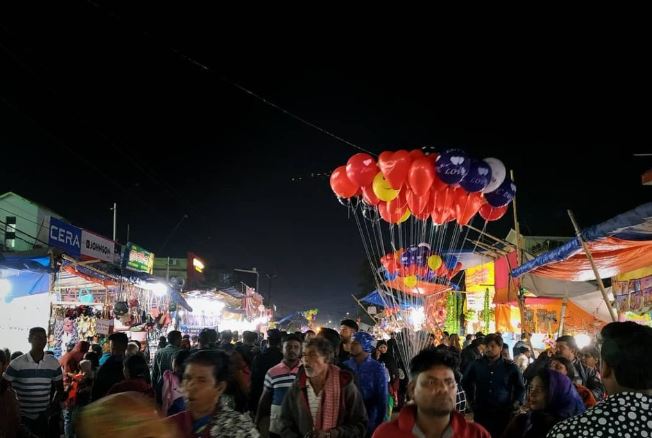Bhubaneswar: As Maharashtra grapples with a growing outbreak of Guillain-Barre Syndrome (GBS) that has claimed five lives and affected 149 individuals, health experts and authorities in Odisha are closely monitoring the situation, raising questions about the potential spread of this serious neurological condition to the eastern state.
Join the Whatsapp Channel to Get News updates in english
The geographical proximity and frequent travel between Maharashtra and Odisha, particularly along major railway routes and highways, has prompted public health officials to assess the risk of transmission. While GBS itself is not directly contagious, the infections that trigger it can spread among populations, potentially leading to clusters of cases.
Dr. Praveen Gupta, Principal Director & Chief of Neurology at Fortis Hospital, explains the mechanism behind GBS: "The condition typically develops when the body's immune response to certain infections inadvertently attacks the peripheral nerves. What makes this outbreak particularly concerning is its rapid progression in Maharashtra, with 28 patients requiring ventilator support."
Risk Assessment for Odisha
Several factors could influence the potential spread of infection-triggered GBS to Odisha:
Climate and Environmental Conditions: Odisha's tropical climate and monsoon season could create favorable conditions for the spread of bacterial and viral infections that potentially trigger GBS. The state's varying sanitation infrastructure across urban and rural areas might also play a role in transmission risks.
Population Movement: Regular business travel and cultural exchanges between Maharashtra and Odisha, especially through major cities like Bhubaneswar and Cuttack, could serve as potential transmission routes for triggering infections.
Healthcare Infrastructure: While Odisha has made significant strides in healthcare development, the state's preparedness for managing a potential GBS outbreak requires assessment, particularly in rural areas where access to advanced medical care may be limited.
Preventive Measures and Early Warning Systems
Health authorities in Odisha are advised to implement several preventive strategies:
Enhanced Surveillance: Establishing early warning systems to detect unusual clusters of neurological symptoms or triggering infections.
Healthcare Capacity Building: Training medical staff in early recognition of GBS symptoms and ensuring adequate ventilator capacity in major hospitals.
Public Health Communication: Launching awareness campaigns about preventive measures and early symptoms, particularly in high-risk areas.
Early Warning Signs and Symptoms
Medical experts emphasize the importance of recognizing early symptoms:
Progressive weakness in legs and arms
Tingling sensations in extremities
Difficulty with facial movements, including speaking and chewing
Breathing difficulties in severe cases
Problems with balance and coordination
Protective Measures for Residents
Health experts recommend several precautionary steps for Odisha residents:
Water Safety: Consume only properly treated or boiled water, as waterborne infections can trigger GBS.
Food Hygiene: Ensure proper cooking temperatures and avoid cross-contamination between raw and cooked foods.
Personal Hygiene: Maintain strict hand-washing practices and overall cleanliness.
Healthcare Response Preparedness
Odisha's healthcare system is evaluating its readiness through several measures:
Assessment of ventilator availability in major hospitals
Stockpiling of necessary medications and supplies
Training medical staff in GBS management protocols
Establishing clear patient transfer protocols for severe cases







